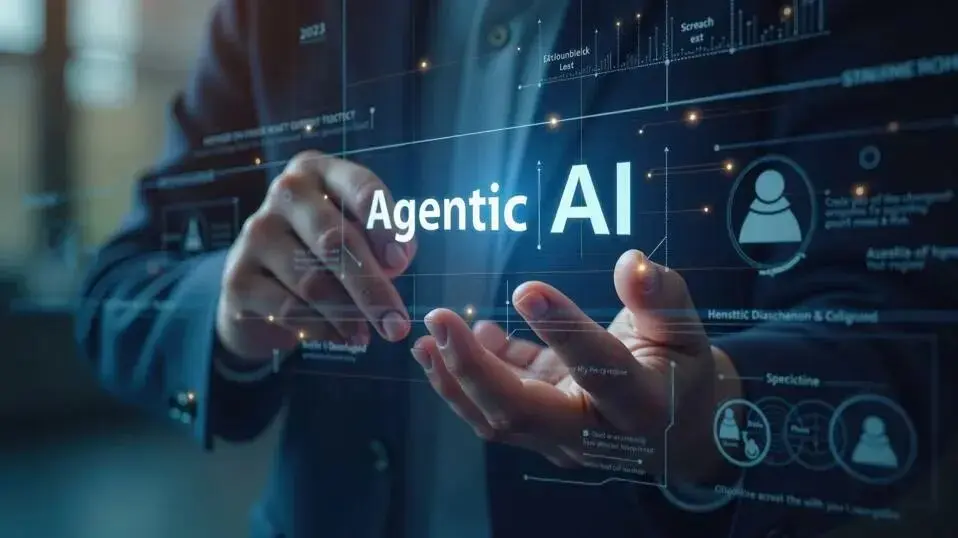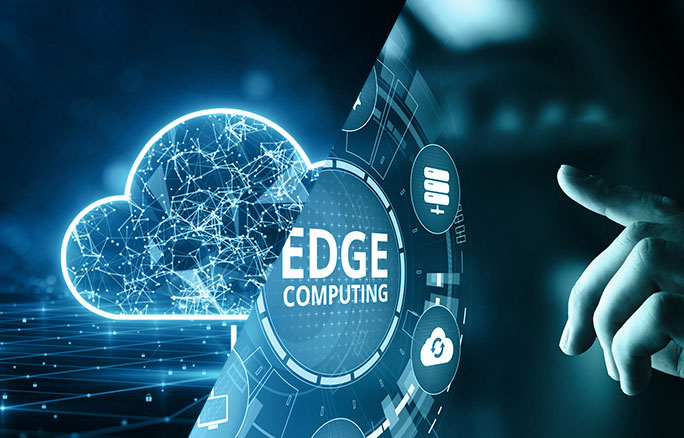Autonomous agents are becoming real in 2025 — organisations must decide how far to let machines act and when to keep humans in the loop.
1. Defining Agentic AI: What it means to “act and adapt”
Traditional AI tools generate outputs — summaries, predictions, responses — but remain reactive. By contrast, agentic AI refers to systems that:
- perceive or collect data about their environment; McKinsey & Company+1
- plan a multi-step course of action toward an objective; McKinsey & Company
- execute those actions across systems, tools or workflows; McKinsey & Company+1
- learn from feedback and adapt their behaviour over time. McKinsey & Company+1
In short: agentic systems shift from being “human-initiated, tool-driven” to machine-orchestrated, goal-oriented. For organisations this means machines that do more than assist—they begin to act.
2. Why 2025 is the inflection year
Several factors converge to make this moment critical:
- According to McKinsey’s Technology Trends Outlook 2025, agentic AI is now highlighted as a frontier technology—one that blends foundation models with action capabilities. McKinsey & Company+1
- McKinsey’s “Seizing the Agentic AI Advantage” report shows this is not just hype: companies already achieving productivity gains in early deployments (e.g., 20-60% faster credit turnaround in one example). BrianHeger.com
- The narrative is shifting: it’s no longer about can we build generative models? but can we deploy agents that scale and deliver business value? McKinsey & Company+1
In other words: we’ve moved from “AI as tool” to “AI as actor”. And that shift brings both opportunity and urgency for strategists.
3. Value creation and business relevance
For a strategist or business leader, the question is: where does value come from when machines start acting autonomously? A few points:
- Efficiency at scale: When agents can take over repetitive, cross-system workflows, humans can shift to higher-value work. One case: in a client-onboarding process, machine agents reduced turnaround time and freed human capacity. BrianHeger.com+1
- Decision speed and adaptability: Agentic systems don’t wait for human hand-offs; they evaluate, act, and learn, shortening feedback loops. McKinsey & Company
- Competitive advantage: McKinsey warns firms that delay could miss first-mover benefits in resilience, speed and innovation. McKinsey & Company
- New business models: When machines act, new workflows, products and service models emerge. For example: autonomous agents handling parts of customer-experience journeys. McKinsey & Company
But and this is key: value isn’t automatic. Firms still need data readiness, governance, human-machine orchestration and infrastructure to ensure returns. McKinsey & Company+1
4. Human-in-the-Loop (HITL) vs. Human-on-the-Loop: Where to draw the line
One of the most provocative questions: How far should we let machines act, and when must humans stay in the loop?
Hit-the-Loop (Human in the Loop)
A conservative stance: humans approve or override agent proposals. Good for high-risk domains, uncertain outcomes, regulation.
Human-on-the-Loop
Machines act autonomously, but humans monitor, audit and intervene only when necessary. Higher efficiency but requires trust, capability and controls.
Full Autonomy
Rare in enterprise today — machines choose, act and adapt independently without human oversight. High potential, but also high risk.
McKinsey emphasises that decisions around where to place humans are now strategic. It’s not just technical—it’s about roles, governance, culture and accountability. McKinsey & Company+1
For example: In customer-experience applications, deploying agentic systems “that take action on behalf of a customer” requires not only technical orchestration but compliance and guardrails. McKinsey & Company
As a practical guideline:
- Start with supported autonomy (agent acts, human monitors).
- Define clear escalation paths, roles and responsibilities.
- Build metrics for machine actions and human oversight.
- Invest in trust and transparency (audit logs, performance feedback).
5. Risks, governance and strategy imperatives
With autonomy come risks—and the business leader must confront them. Key areas:
- Governance & control: Agents operating across systems can amplify risks if not properly controlled. McKinsey describes them as “corporate citizens” capable of decisions, hence needing oversight. McKinsey & Company
- Infrastructure & readiness: Many organisations lack data maturity, ML operations, orchestration platforms. Without this, agentic deployments easily stall. Enterprise AI Executive+1
- Ethics, bias, compliance: Autonomous agents may amplify bias or act unexpectedly; governance frameworks must evolve.
- Workforce and role shifts: As machines act, human roles will shift from execution to orchestration, oversight and strategy. McKinsey cautions on job role transformation. City A.M.
- Business value realist check: Despite the hype, not all projects will succeed. Selecting the right use-cases and measuring ROI is essential.
Looking Ahead
The era of agentic AI marks a paradigm shift: machines that plan, act and adapt are stepping out of labs and into core business workflows. Firms must decide not if they will deploy autonomous agents, but how far and with what guardrails. The strategic questions:
- Which workflows are ready for machine autonomy?
- Where must humans remain involved?
- How will value be measured and captured?
- What governance, infrastructure and culture changes are needed?
Companies that move decisively and thoughtfully will capture outsized value; those that hesitate risk being overtaken. As we enter this next stage of AI, autonomy isn’t just a feature—it’s a strategic frontier.
Follow Tomorrowist for more insights on innovation, deep tech, and value creation.





